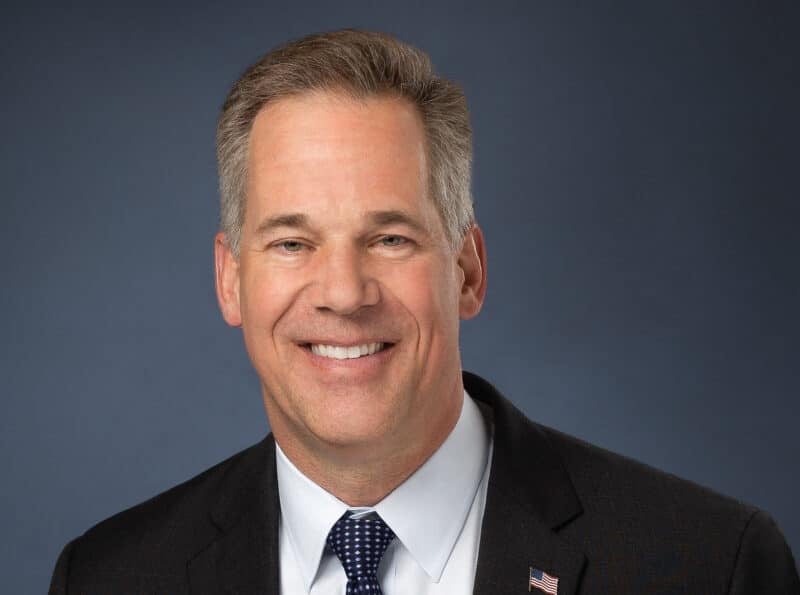Key Takeaways
- Bill Irby emphasized that precision agriculture continues to be the main driver behind the adoption of agricultural drones, with growers seeking smarter, data-backed methods to apply inputs more efficiently and improve overall field performance.
- Service-based models are rapidly becoming the preferred channel for drone operations, with specialized providers offering cost-effective aerial services similar to traditional crop-dusting, especially in agriculture-dense regions.
- Integration of multispectral sensors with UAV systems is delivering measurable benefits across key indicators such as yield improvement, input optimization, and research precision, supported by data from Australia, Spain, and Canada.
- NDAA compliance is increasingly shaping drone procurement and deployment in the U.S. and allied nations, ensuring data security and reducing exposure to foreign technology dependencies.
- AgEagle’s long-term strategy—led by product innovation, R&D, and a clear technology roadmap—reflects a commitment to supporting growers, researchers, and service providers as they transition toward more digital, efficient, and compliant farming systems.
Market Growth and Adoption Trends: Insights from Bill Irby
Speaking with iGrow News, AgEagle CEO Bill Irby highlighted precision agriculture as the central factor driving drone adoption. “Why would a farm spend the time, money and energy to apply fertilizer or insecticide across an entire spread of crops if it has the ability to isolate the damage or struggling areas of the field and apply more intelligently?” he asked.
Irby noted that growers’ expectations are shifting toward service-based models. “The main growth we are seeing is in the use of service providers. Much like crop-dusting services, drone operations are mainly conducted by firms that specialize in providing these services in agriculture-dense regions.” Adoption, he said, will be mixed but led by research institutions and large-scale operations.
Bill Irby on Sensors, UAV Integration, and Case Studies
AgEagle has invested in pairing durable UAVs with multispectral sensors to enhance on-farm decision-making. “EagleNXT’s multi-spectral cameras are purpose-built for agricultural analysis via drone flights,” Irby explained. “The use is in precision agriculture to drive productivity and efficiency.”
Real-world applications are already showing results:
- Improved Yields (Australia, Cotton Nitrogen Management): Farmers using RedEdge sensors in partnership with FluroSat improved nitrogen management, leading to yield increases of up to 20%.
- Reduced Inputs (Spain, Grapevine Nutrient Management): Agronomists applying variable-rate potassium applications saw fertilizer use reduced by 15–20%, with irrigation savings through precise deficit zoning.
- Advanced Research (Canada, Boreal Peatland Reclamation): Altum sensors advanced restoration models with data showing 15–20% faster recovery rates, directly informing land reclamation policy.
Economic factors remain the biggest hurdle for broader adoption. Irby pointed to regulatory changes as a potential catalyst: “Now that FAA Part 108 is under review, its publication and implementation will lead to growing demand which will, in turn, lead to lower prices across the industry, making drone use much more attractive to farm operators.”
Bill Irby and the Push for NDAA Compliance
With increasing scrutiny on drone supply chains, NDAA compliance has become a core focus. “NDAA compliance helps to assure the security and safety of these systems to prevent cyber-attacks, and hostile foreign entities from infiltrating the USA and stealing key data,” Irby said. He added that compliance helps avoid unfair competition from government-subsidized foreign products.
When asked how AgEagle approaches the balance between compliance and innovation, Irby responded: “It’s in our DNA to overcome any challenges that arise. We will continue to innovate in a secure framework.”
While compliance is most prominent in the U.S., Irby sees it extending to allies as well: “NDAA compliance will assist friendly/allied countries in the same way it does domestically.”
Looking Ahead: Vision for the Next Five Years
Irby believes drones will continue to integrate more deeply into digital agriculture. “The data will become more ubiquitous and the application will enable rapid expansion in precision agriculture,” he said. AgEagle is preparing for this future with a structured roadmap. “We have an established product roadmap that defines our next-generation products, along with conducting R&D in technology areas and rapid prototyping. We will remain hyper-vigilant to focus on high payoff areas.”
For growers and researchers hesitant to adopt, Irby’s message was direct: “They should strongly consider the use of technologies that can advance precision ag – the outcomes are higher yield and higher profits. Lean on services firms to reduce your need for large direct capital investments.”


